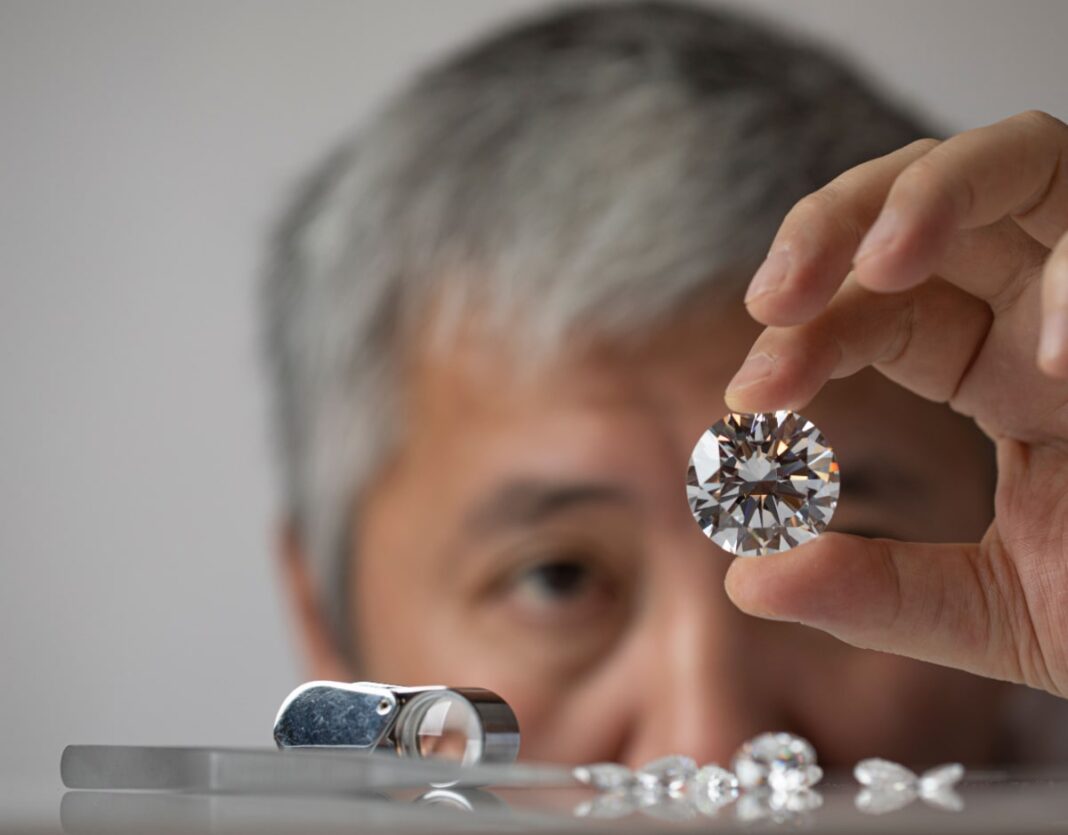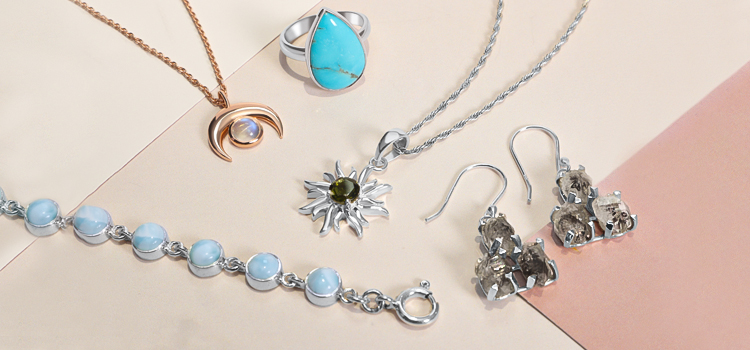In recent years, ethical consumerism has seen a tremendous rise, and with it, the demand for fair trade and sustainable products. The jewelry industry, traditionally associated with environmental and ethical concerns, has not been immune to this shift. Lab-grown diamonds, produced in controlled environments without the need for mining, are at the forefront of this change.
In this article, we’ll explore how lab-grown diamonds are shaping the future of fair trade in the jewelry industry and why they are a more ethical choice for consumers.
Understanding Fair Trade in the Jewelry Industry
Fair trade in the jewelry industry ensures that all players in the supply chain, from miners to laborers, receive fair wages and work in safe conditions. Traditional diamond mining has been linked to numerous issues. Including child labor, human rights abuses, and environmental degradation. Consumers who prioritize fair trade seek products that minimize harm and support equitable practices.
1. Traditional Diamond Mining Concerns
The diamond mining industry has been controversial for decades due to several unethical practices. Mining often takes place in regions where human rights protections are weak or non-existent, leading to labor exploitation.
Apart from human exploitation, the environmental impact of mining is vast. Diamond mining leads to soil degradation, deforestation, and the destruction of ecosystems. It also consumes a significant amount of water and energy, contributing to pollution and climate change.
2. How Lab-Grown Diamonds Change the Equation
Lab-grown diamonds provide a solution to many of the problems associated with traditional diamond mining. Since they are produced in a lab using high-tech processes. They eliminate the need for harmful mining practices. This shift toward lab-grown diamonds helps reduce human rights violations, environmental degradation, and resource depletion, making them a more ethical choice for conscientious consumers.
How Lab-Grown Diamonds Support Fair Trade Principles
By bypassing the mining process, lab-grown diamonds align more closely with the principles of fair trade. They ensure that the supply chain is transparent. That workers are treated fairly, and that environmental impact is minimized.
1. Elimination of Labor Exploitation
One of the main fair trade benefits of lab-grown diamonds is the elimination of exploitative labor practices. In the traditional diamond industry, many miners work in dangerous conditions with little pay and no legal protections.
This ensures that no human is put at risk or taken advantage of during the diamond production process. For consumers who care about social justice and fair labor, lab-grown diamonds offer a guilt-free alternative.
2. Environmental Responsibility
Another significant aspect of fair trade is environmental responsibility. Traditional diamond mining devastates landscapes, destroys ecosystems, and pollutes water sources. Lab-grown diamonds, on the other hand, have a much smaller environmental footprint. They require significantly less land and water, and they produce fewer carbon emissions compared to natural diamond mining.
By choosing lab-grown diamonds, consumers can support sustainable practices that preserve the environment for future generations.
3. Transparent Supply Chains
Fair trade requires transparency at every stage of production. Ensuring that ethical practices are maintained throughout the supply chain. Lab-grown diamonds offer a level of traceability that is difficult to achieve with natural diamonds.
This transparency allows consumers to make informed decisions about the jewelry they buy, ensuring that their purchase supports ethical practices from start to finish.
The Role of Technology in Ethical Diamond Production
The development of lab-grown diamonds is a testament to how technology used to solve ethical and environmental challenges. With the ability to replicate the conditions under which natural diamonds form. Scientists have created a more sustainable and ethical alternative.
1. The Diamond Creation Process
Lab-grown diamonds are created using two primary methods: High Pressure High Temperature (HPHT) and Chemical Vapor Deposition (CVD). Both of these methods replicate the natural conditions under which diamonds form in the earth but do so in a controlled laboratory environment.
- HPHT: This method uses extreme pressure and high temperatures to create diamonds from a carbon seed. The process mimics the natural formation of diamonds beneath the earth’s surface.
- CVD: In this method, carbon-rich gas is introduced into a chamber. Where it bonds to a diamond seed, layer by layer, forming a diamond over time.
2. Advancements in Sustainable Production
As technology advances, lab-grown diamond production continues to become more sustainable. Innovations in energy use, recycling materials, and reducing carbon emissions have further minimized the environmental impact of creating lab-grown diamonds. These advancements align with the principles of fair trade by ensuring that the production process is as eco-friendly as possible.
Consumer Awareness and the Shift Toward Ethical Jewelry
The rise of lab-grown diamonds is not just a result of technological advancements. But also a reflection of changing consumer values. Today’s consumers are more informed than ever and increasingly demand transparency, sustainability, and ethical practices from the brands they support.
1. Ethical and Sustainable Consumer Choices
As awareness of the ethical and environmental concerns surrounding traditional diamond mining grows. More consumers are turning to lab-grown diamonds as a responsible alternative.
By choosing lab-grown diamonds, consumers can help reduce the demand for mined diamonds. Contributing to the decline of harmful mining practices and supporting the growth of more sustainable options.
2. The Future of Fair Trade in the Jewelry Industry
The growing popularity of lab-grown diamonds is pushing the entire diamond jewellery industry toward more ethical and sustainable practices. As lab-grown diamonds gain traction, they are forcing the traditional diamond industry to reevaluate its practices and adapt to changing consumer expectations.
Conclusion: Lab-Grown Diamonds and the Future of Fair Trade
Lab-grown diamonds are reshaping the jewelry industry by offering a more ethical, sustainable, and fair alternative to mined diamonds. By eliminating harmful labor practices, reducing environmental impact, and providing transparency throughout the supply chain, lab-grown diamonds align with the principles of fair trade.
As consumers become more aware of the ethical and environmental implications of their purchases. Lab-grown diamonds are set to play a crucial role in the future of the jewelry industry. For those seeking luxury jewelry without the ethical baggage. Lab-grown diamonds are the perfect choice.




